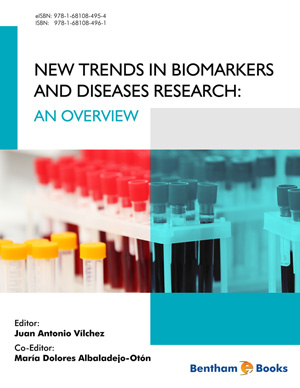Abstract
Vitamin D is a fat-soluble vitamin, which has been classically associated with rickets and osteomalacia. The main function of Vitamin D is the regulation of calcium and phosphorus homeostasis. Plasma levels of 25-hydroxyvitamin D or calcidiol are considered the status indicator of Vitamin D in the human body, although it is biologically inert. 25-hydroxyvitamin D is transformed by 1α-hydroxylase to produce 1,25-dihydroxyvitamin D or calcitriol, the active metabolite of the vitamin. Vitamin D performs its actions through the Vitamin D receptor (VDR) that is present in more than 40 different tissues, as well as the enzyme 1α-hydroxylase, so it is now thought that Vitamin D may play a role in other physiological mechanisms. In the recent years, great interest has been a roused in Vitamin D and its involvement in different pathologies. However, the results of the studies are unclear, due to the involvement of mixed patients of different races, diagnostic criteria, latitude and season blood draw and the confounding variables such as age, BMI or sex not taken into account. The purpose of this chapter is to review the most recent publications of Vitamin D, in relation to new applications such as: diabetes, cancer, pregnancy and cardiovascular disease.
Keywords: 1, 25-dihydroxyvitamin D, 25-hydroxyvitamin D, Bone metabolism, Breast cancer, Calcidiol, Calcitriol, Cardiovascular diseases, Colorectal cancer, Deficiency, Diabetes mellitus, Gestational diabetes, Myocardial infarction, Preeclampsia, Pregnancy, Pregnancy outcomes, Prostate cancer, VDR, VDR polymorphisms, Vitamin D.






















